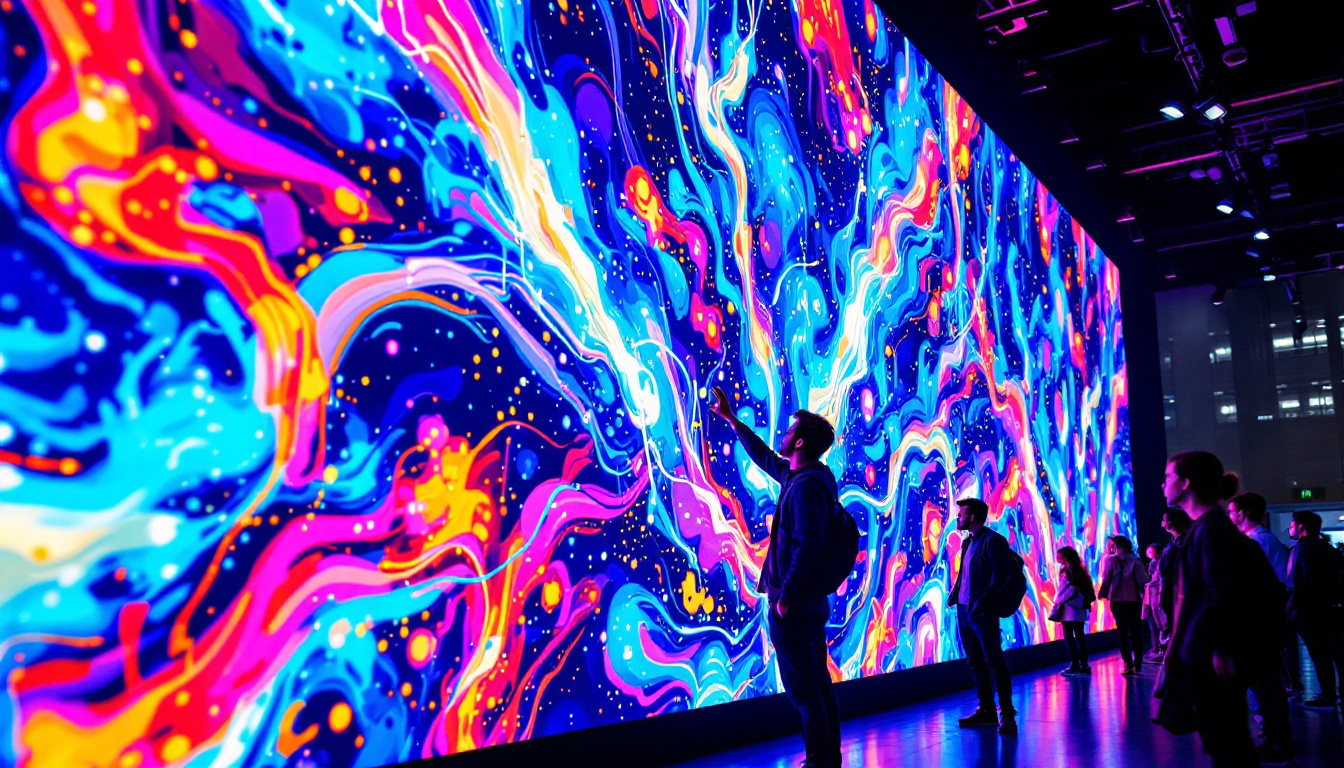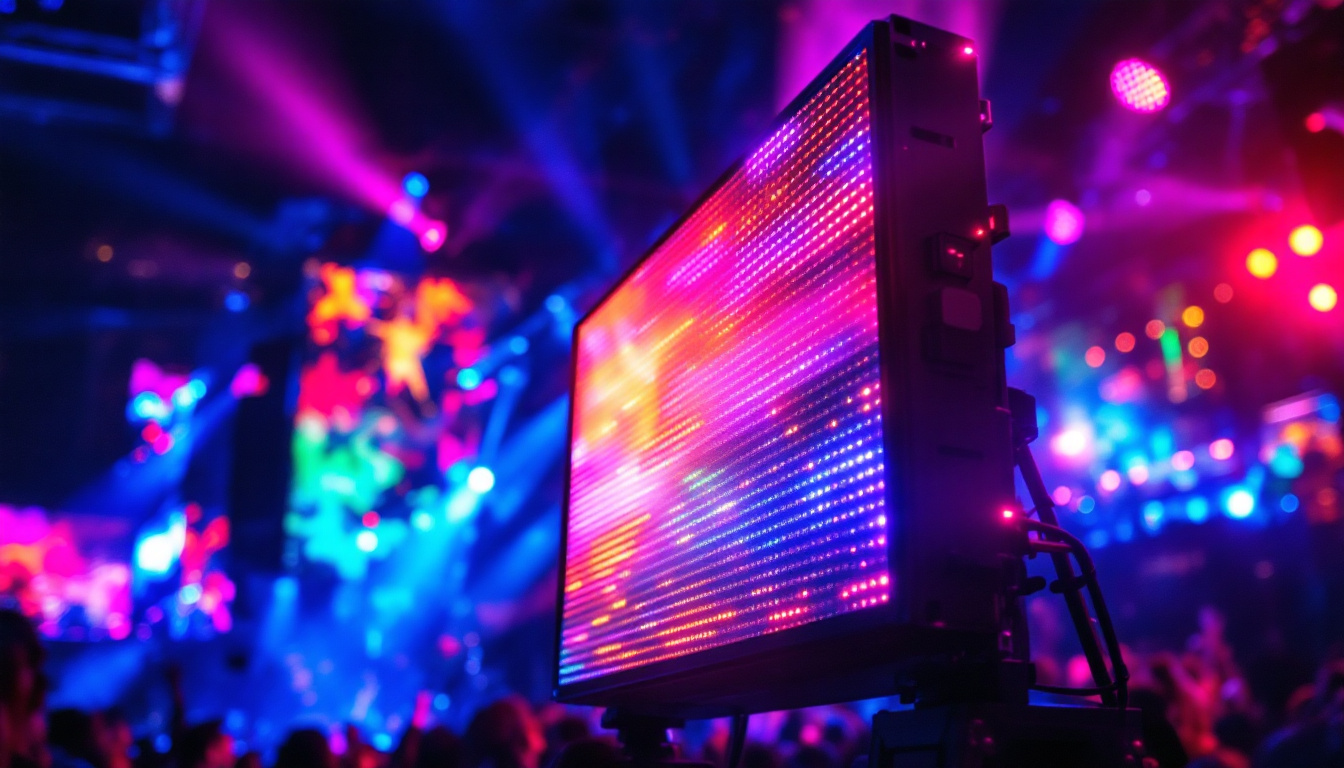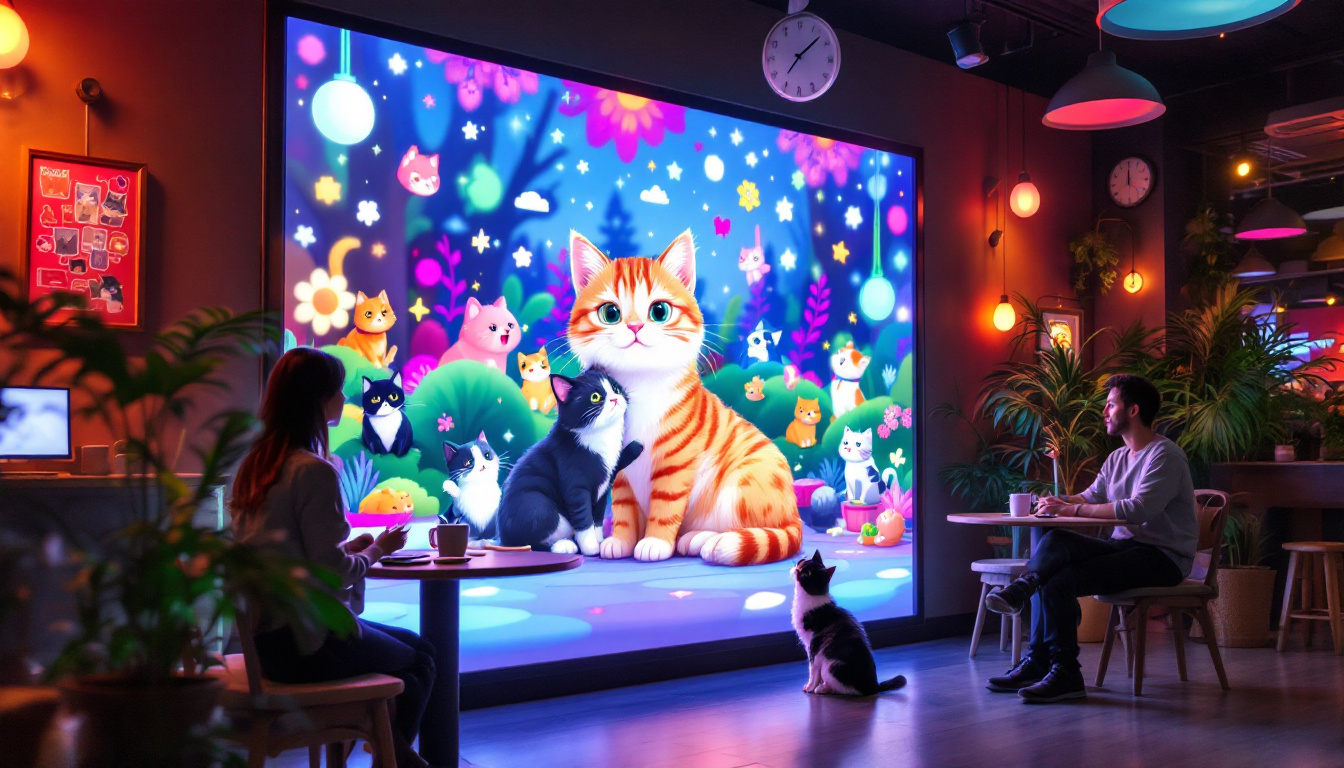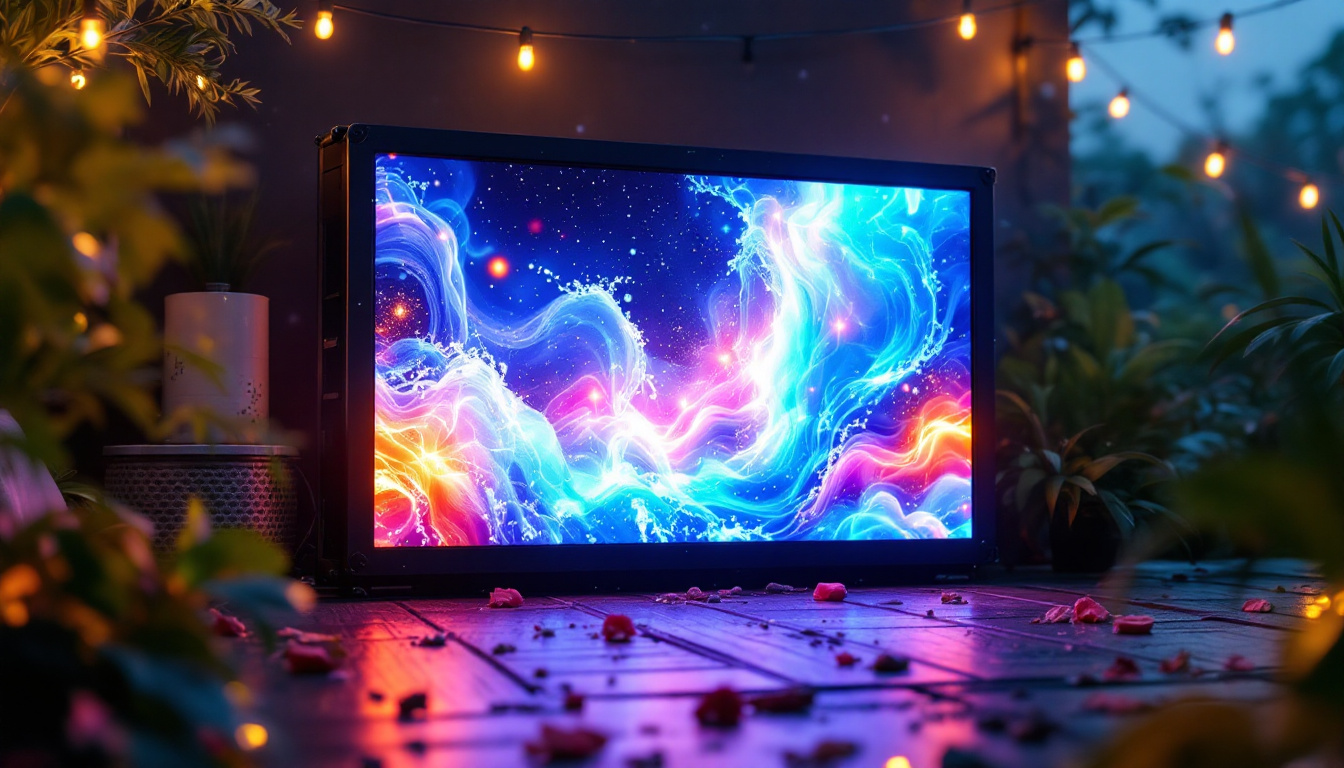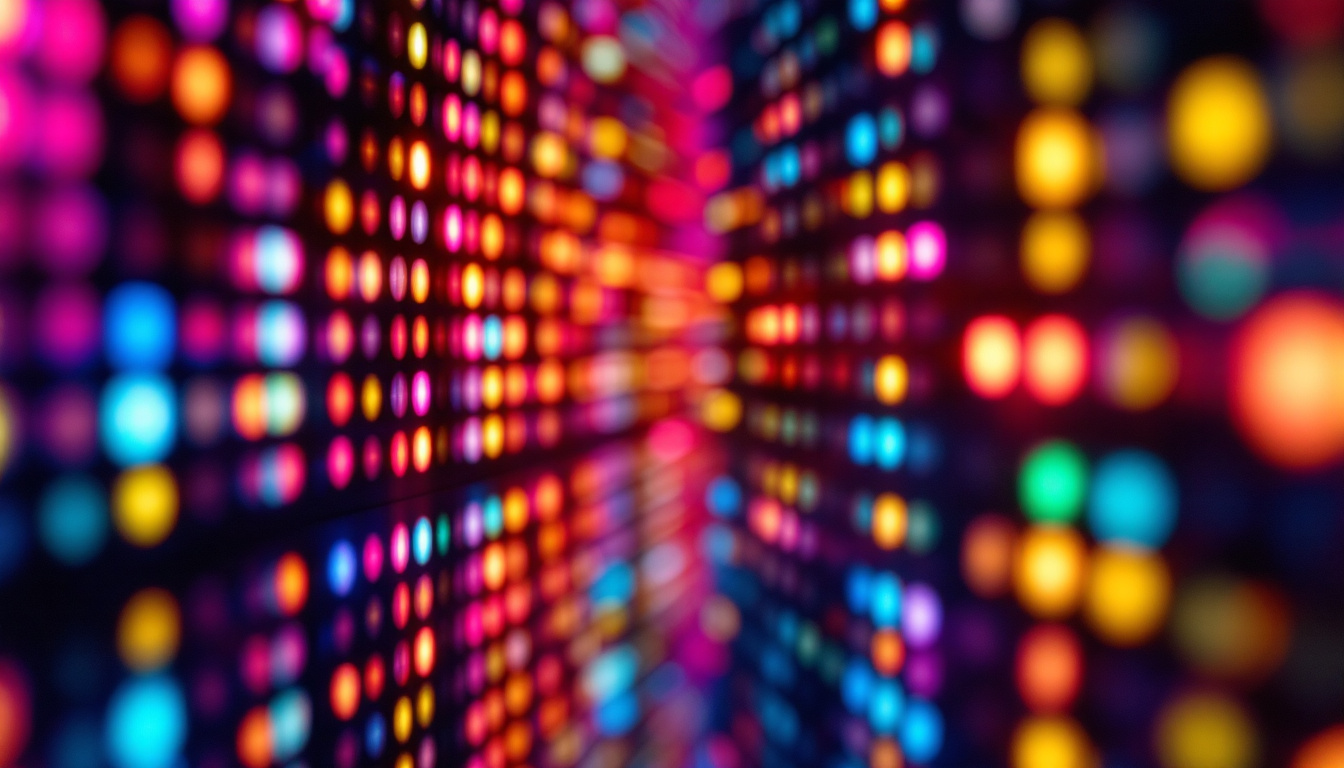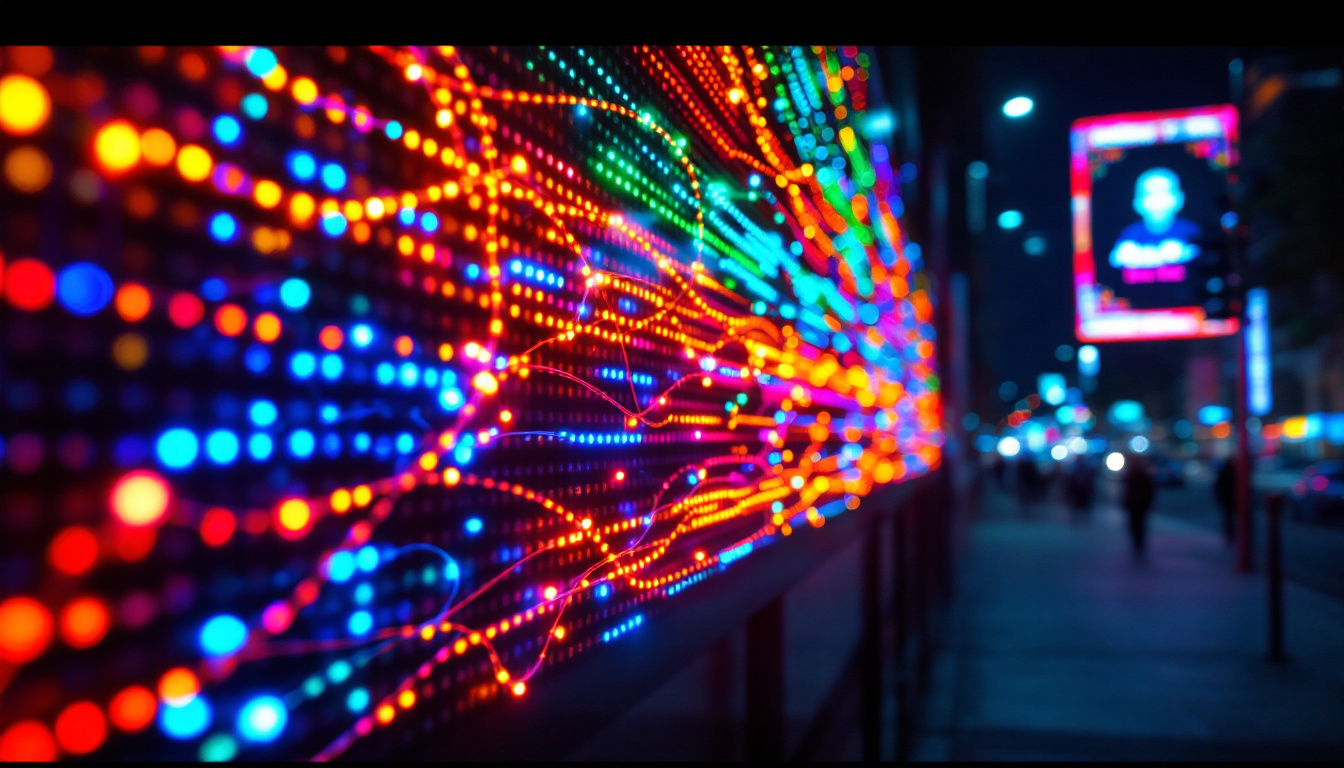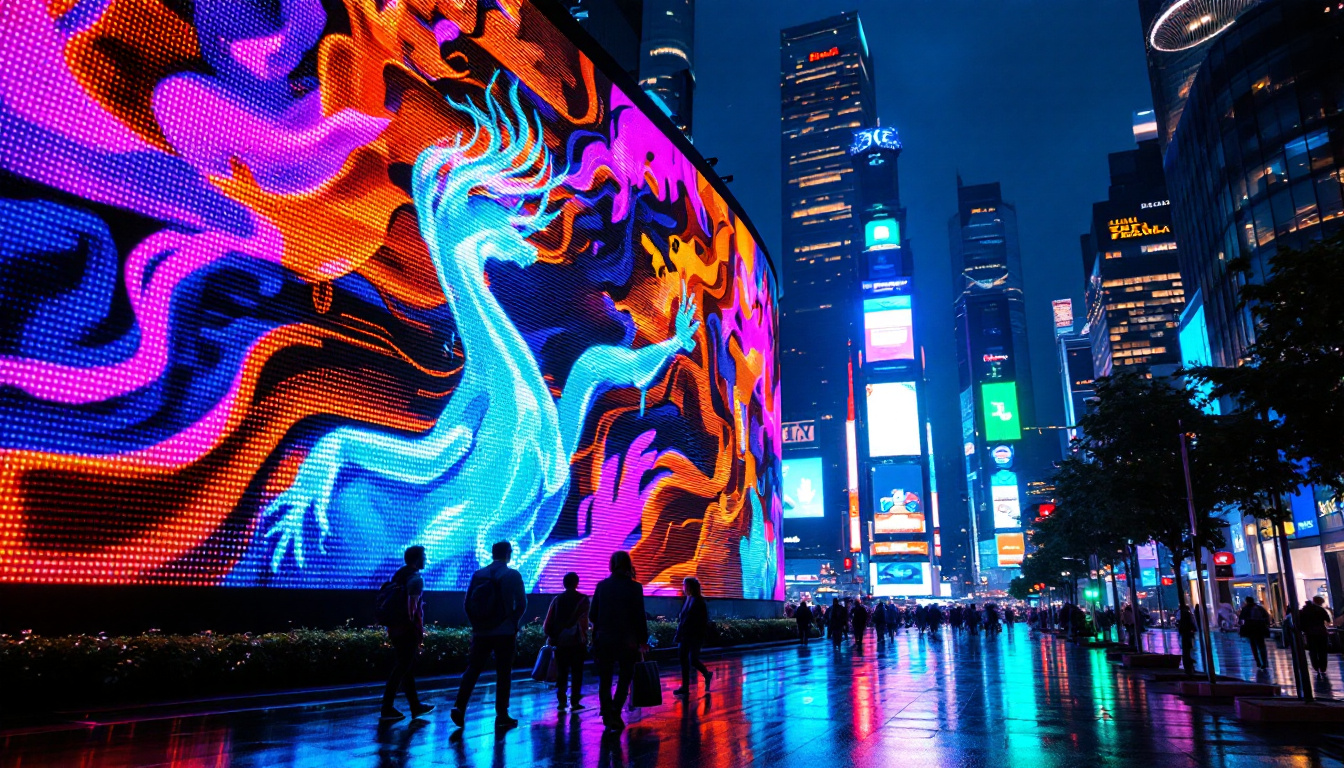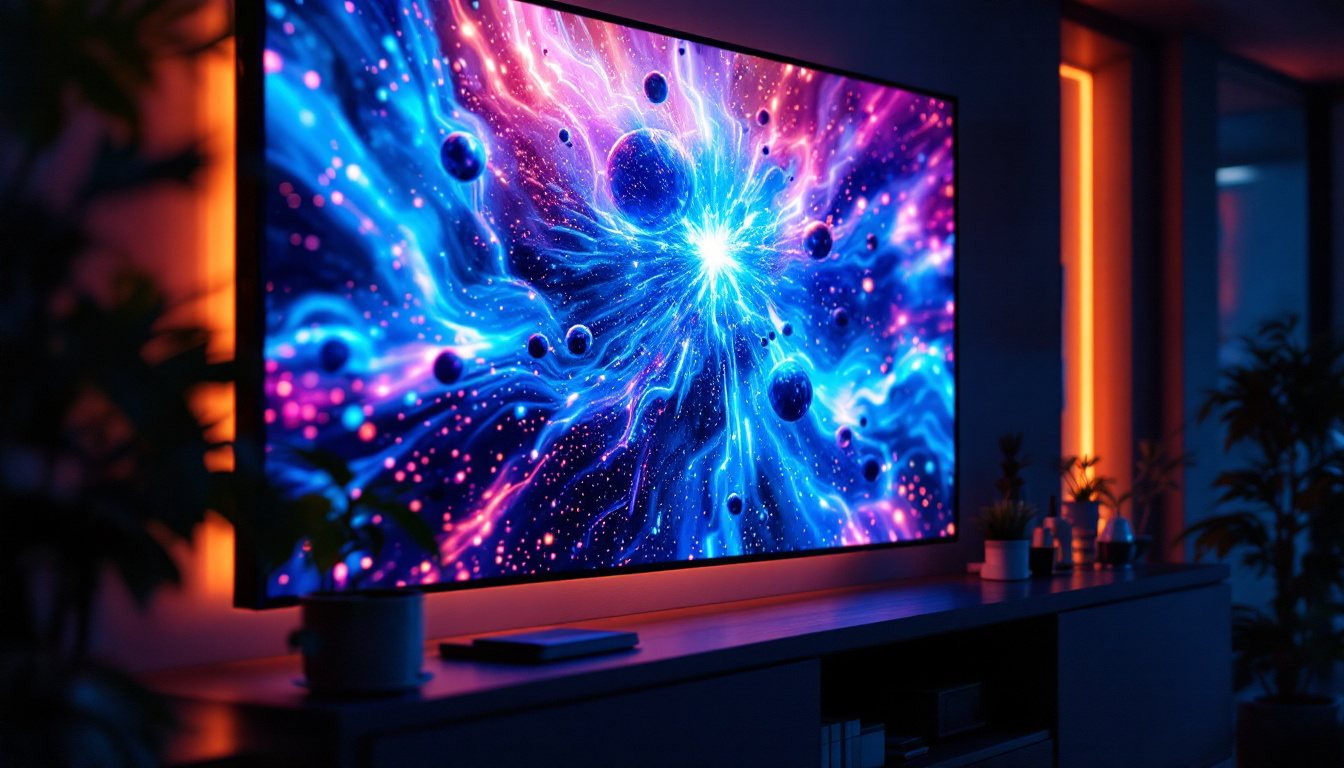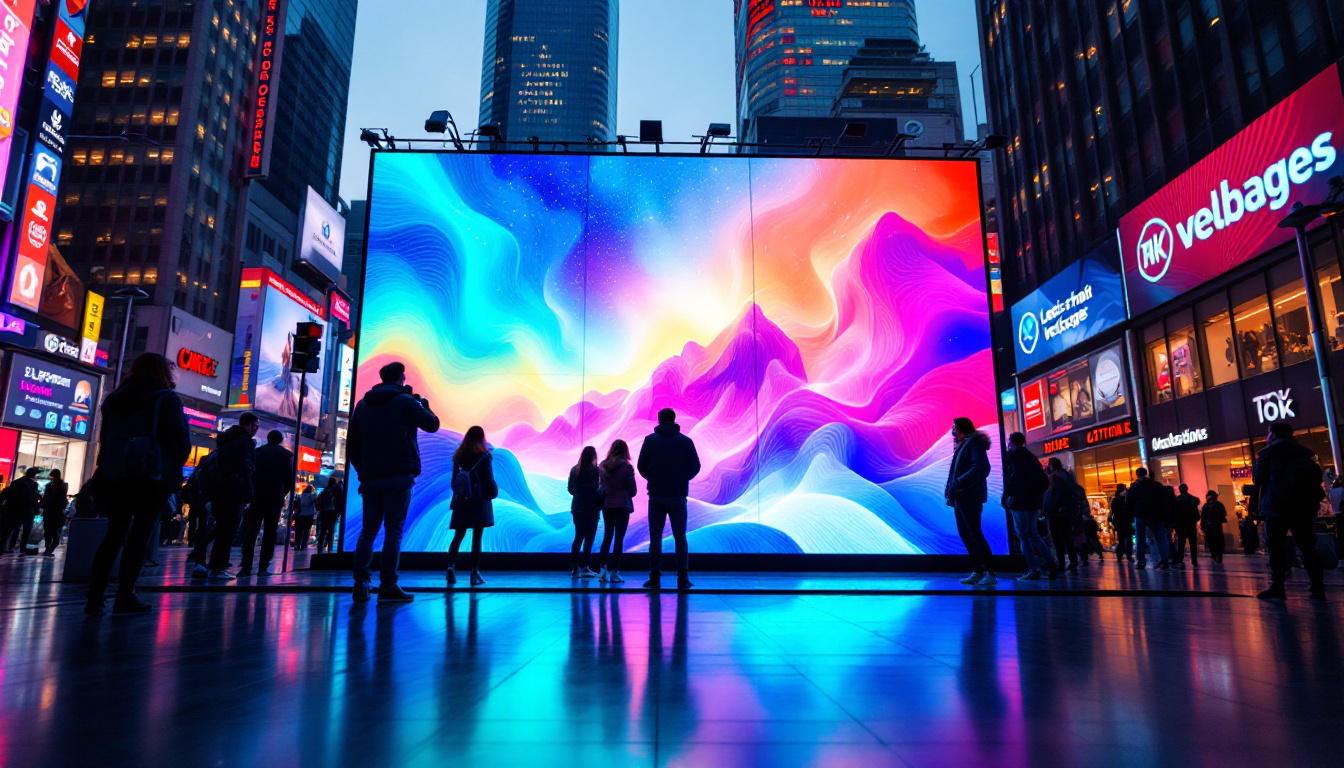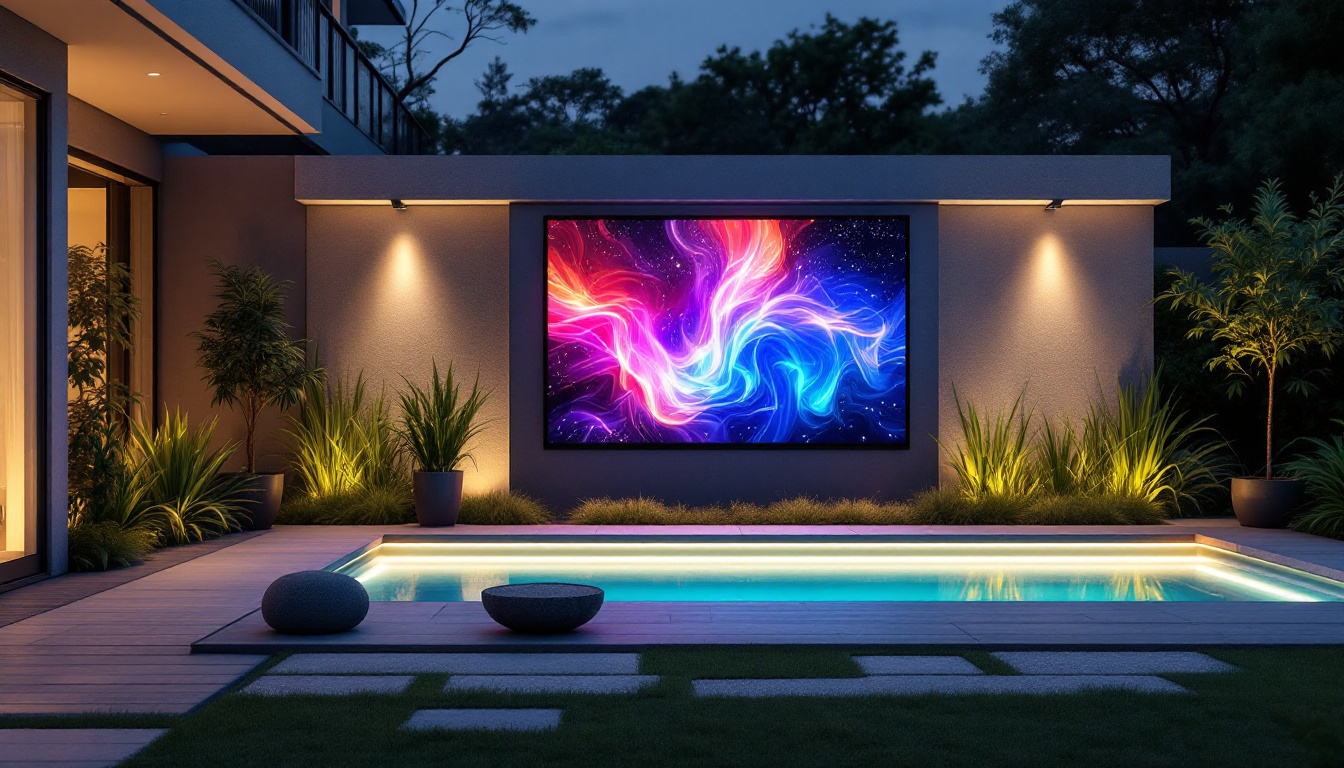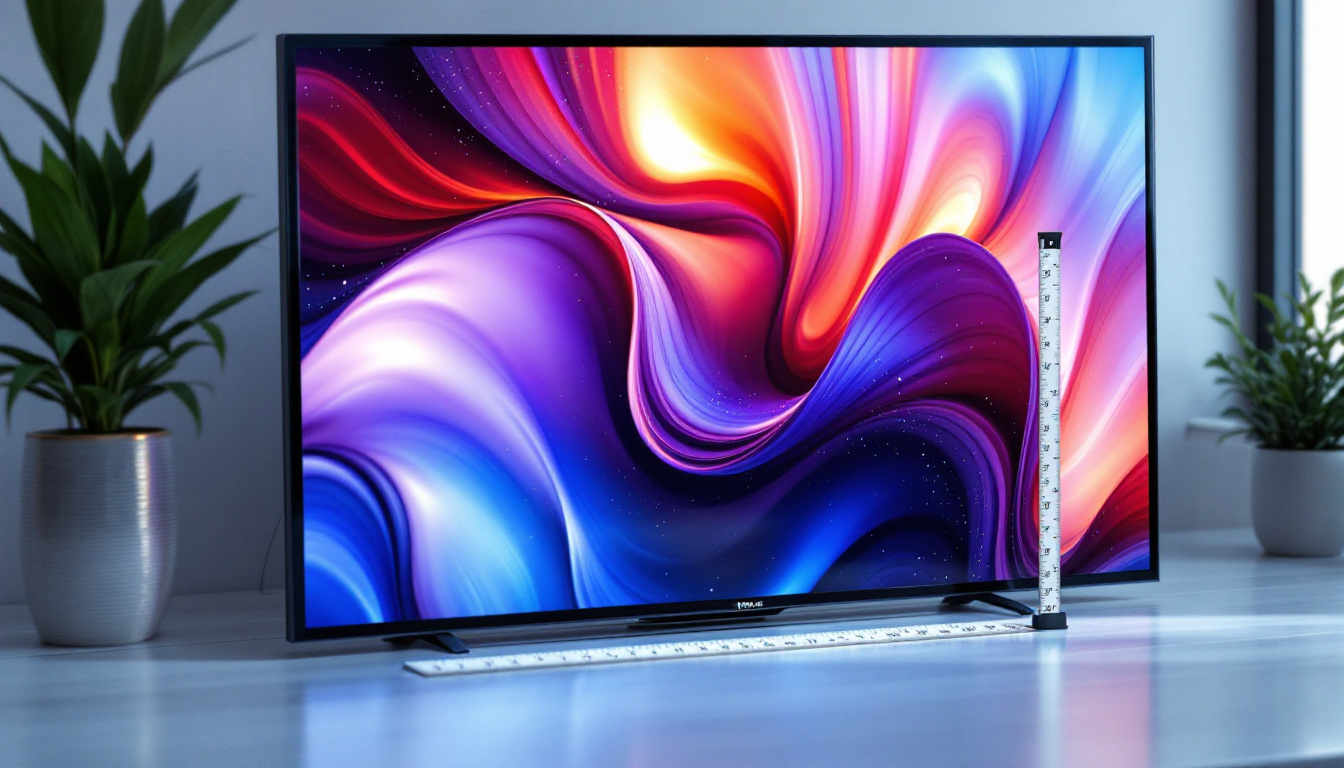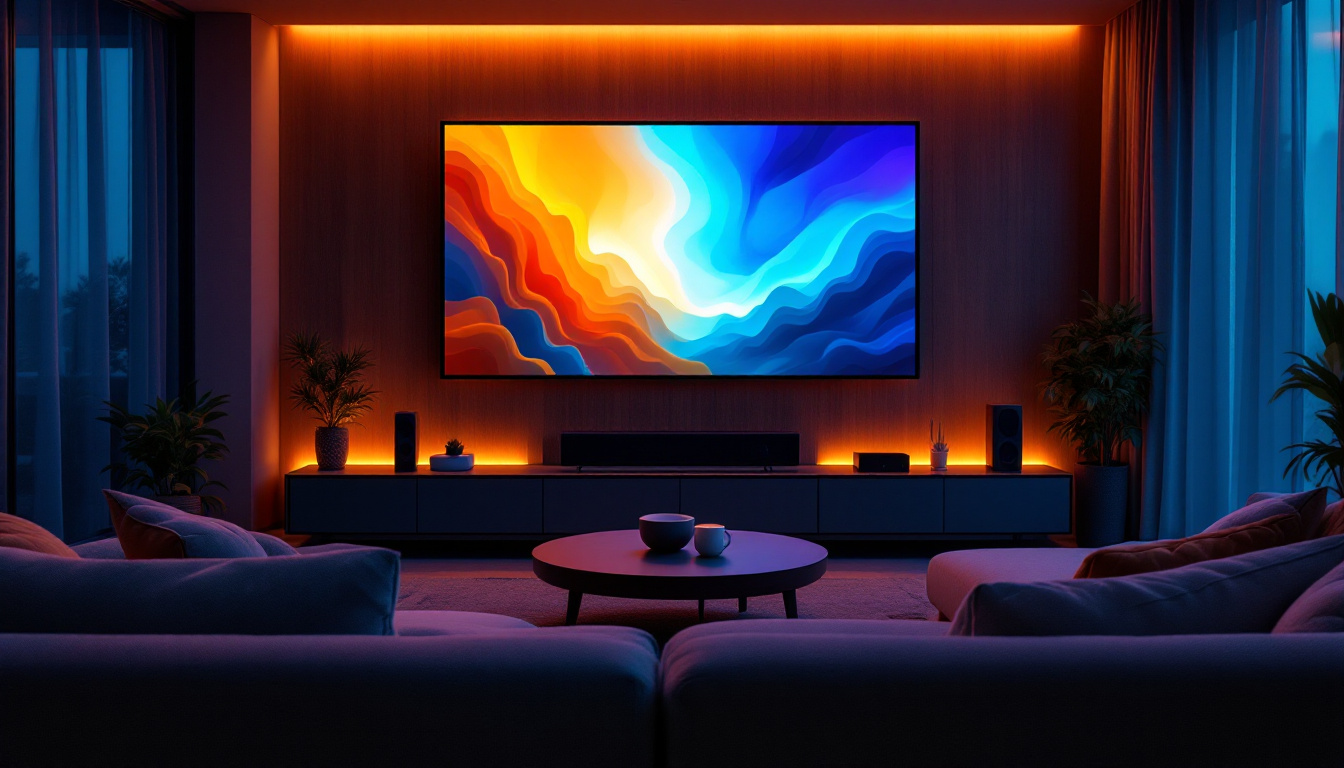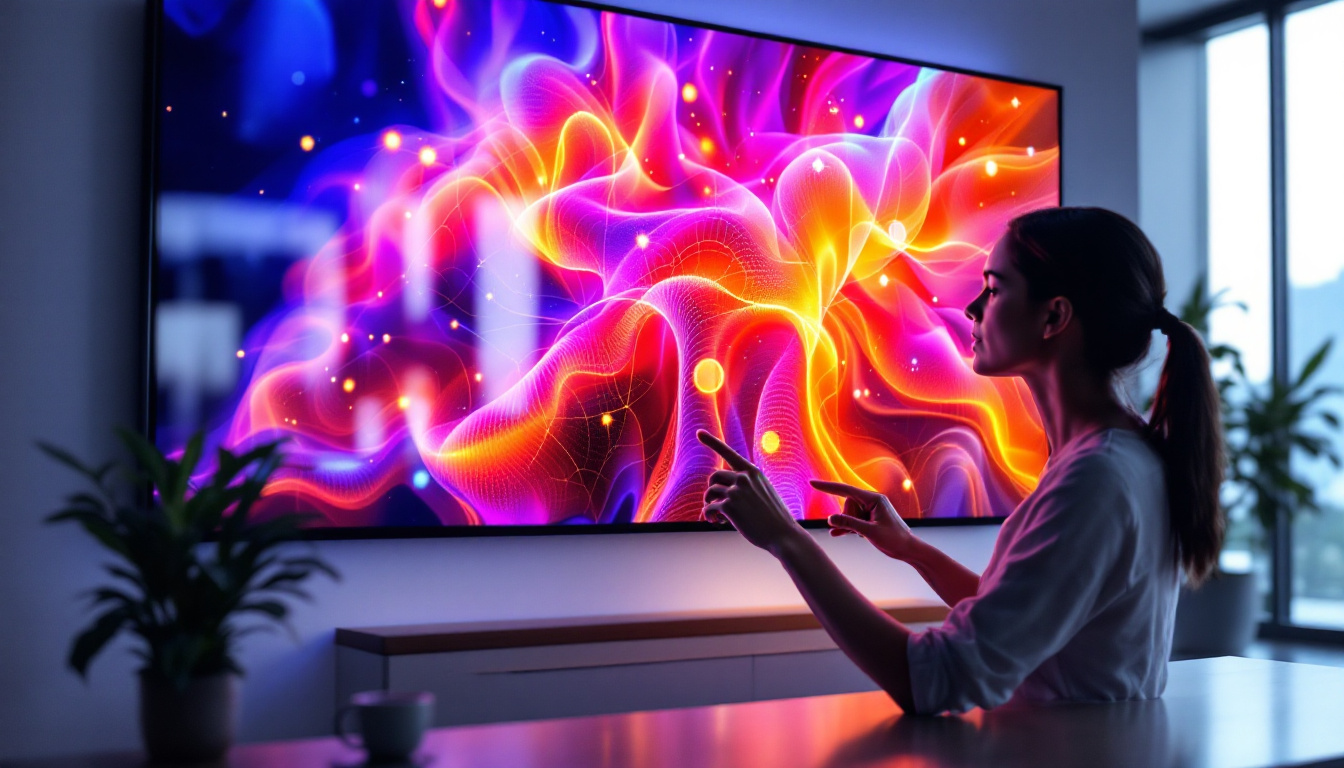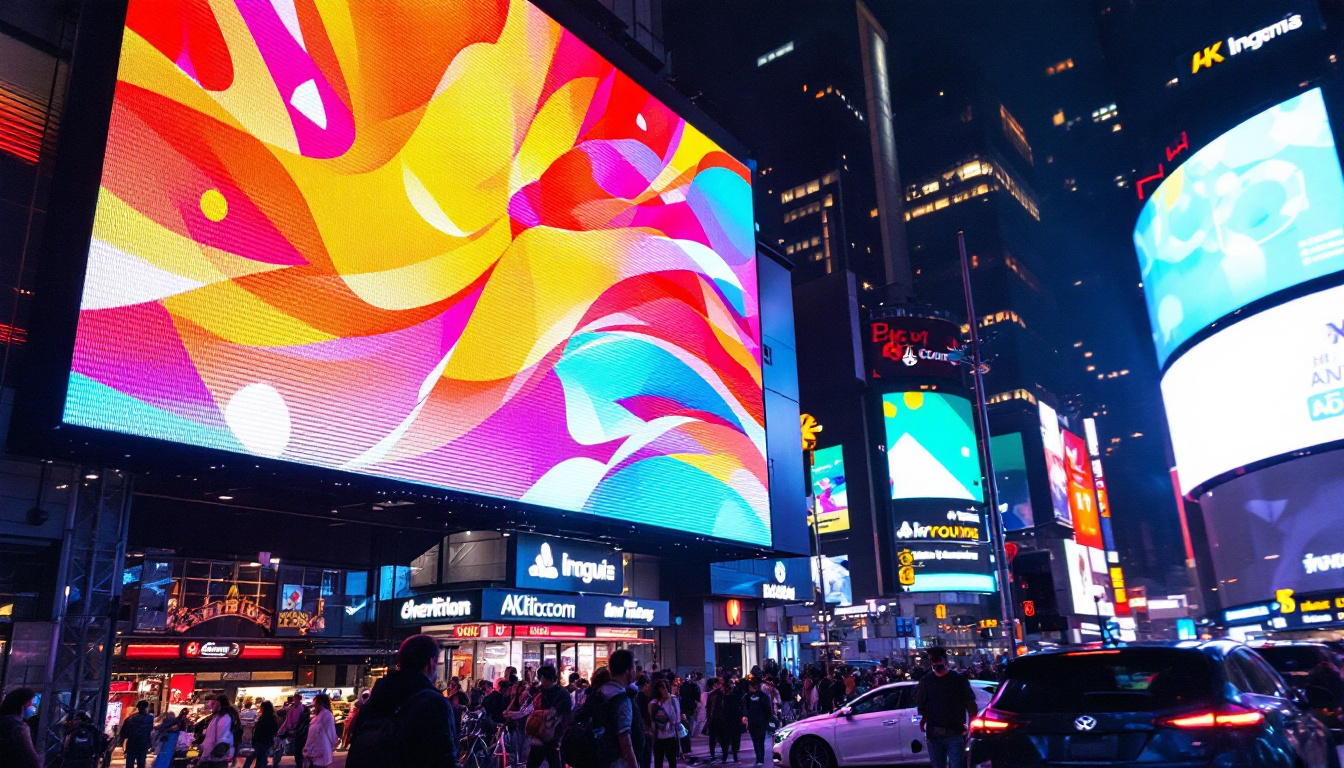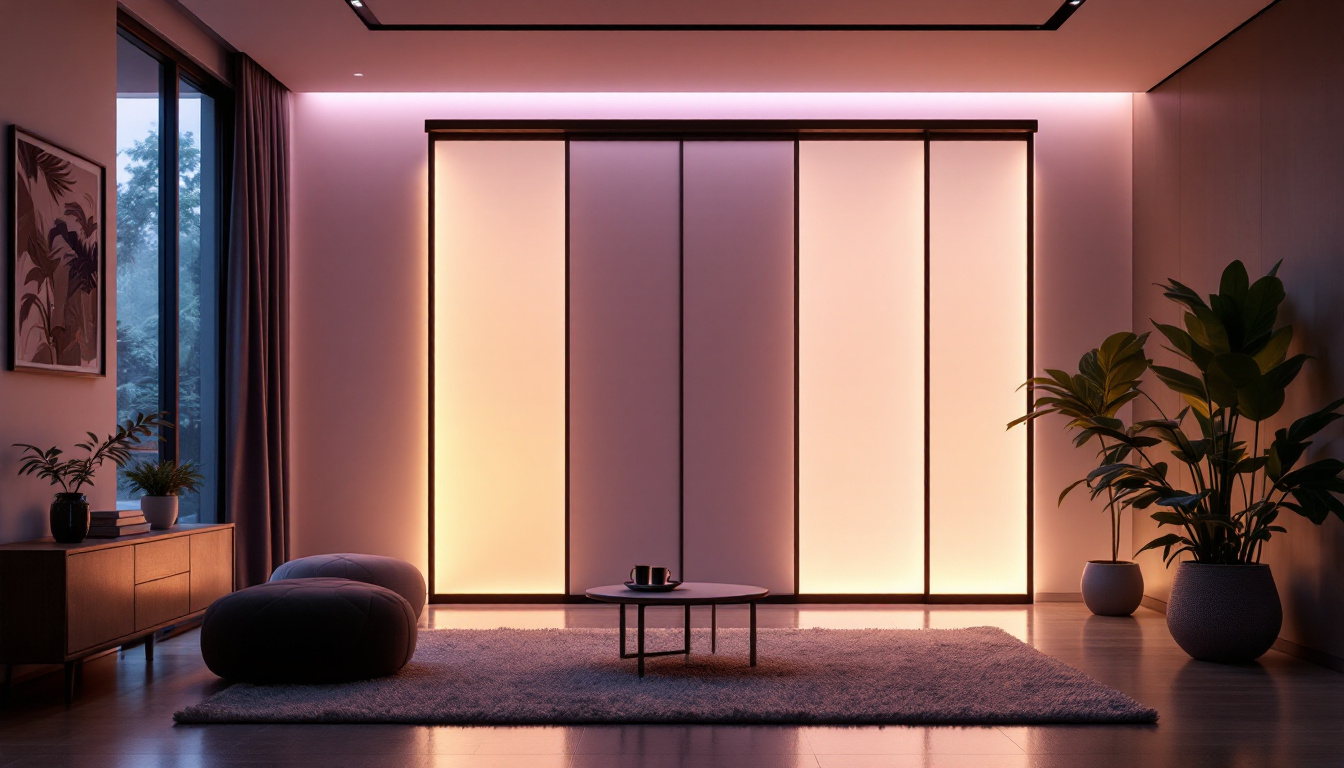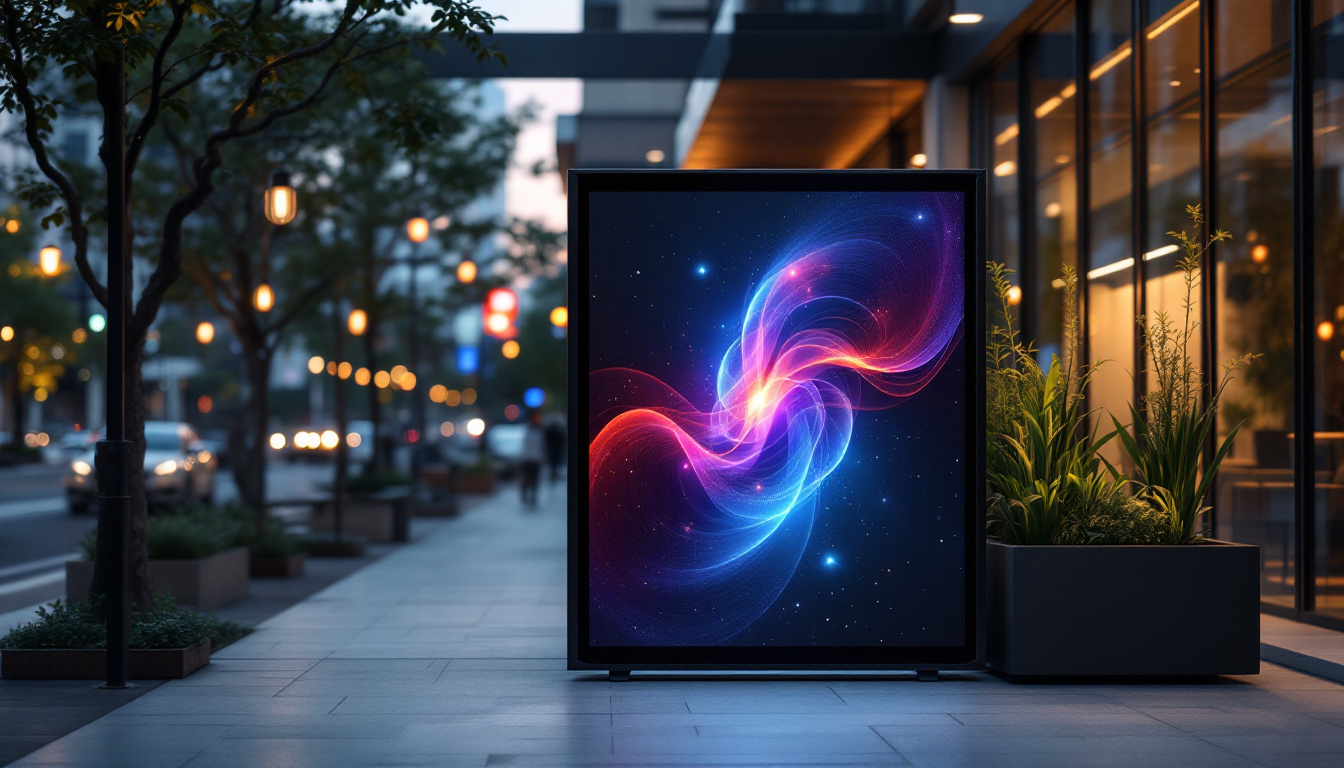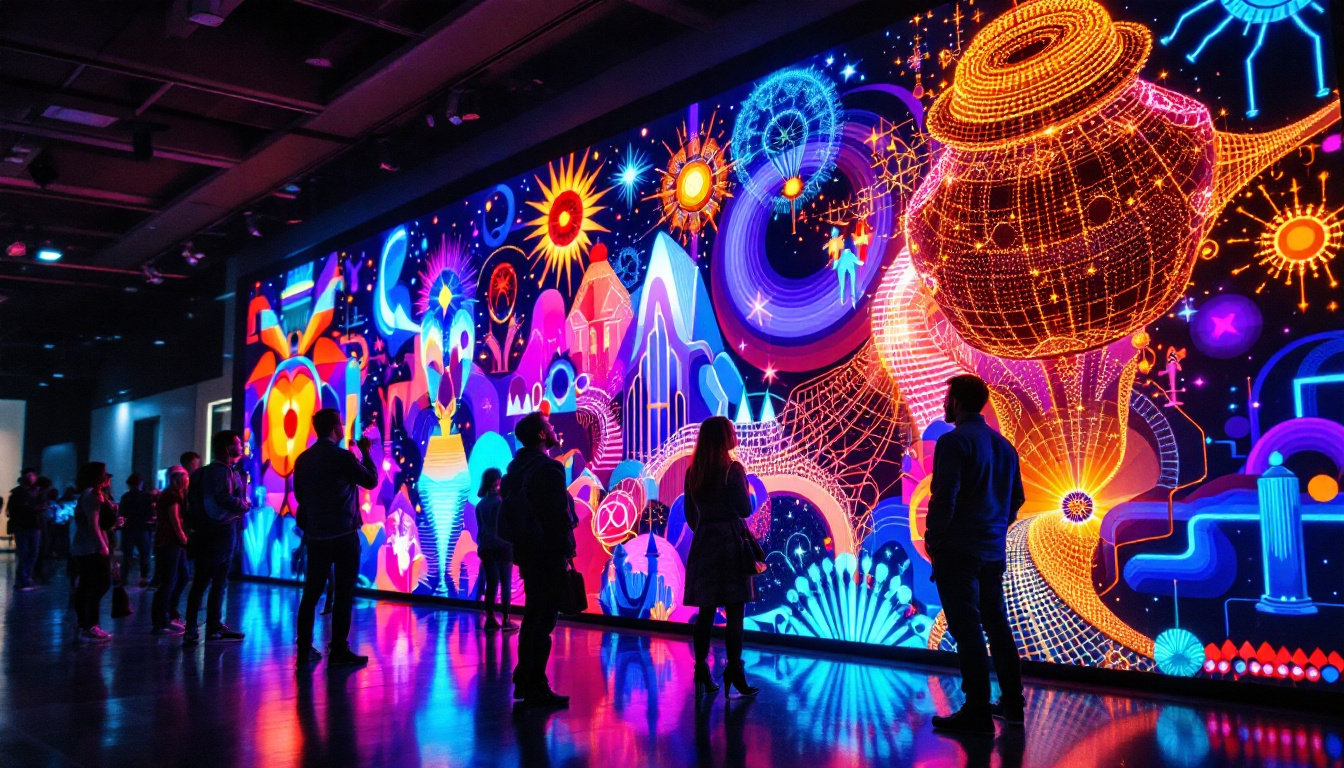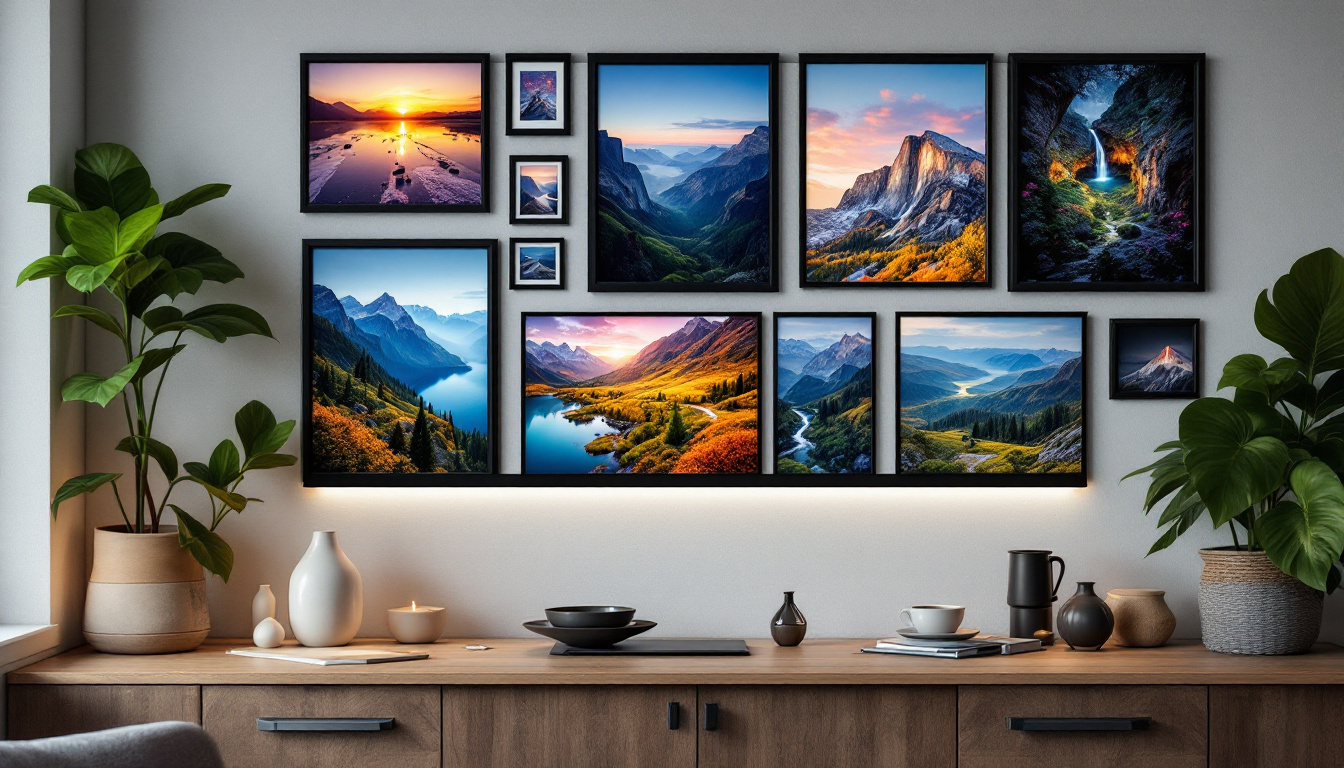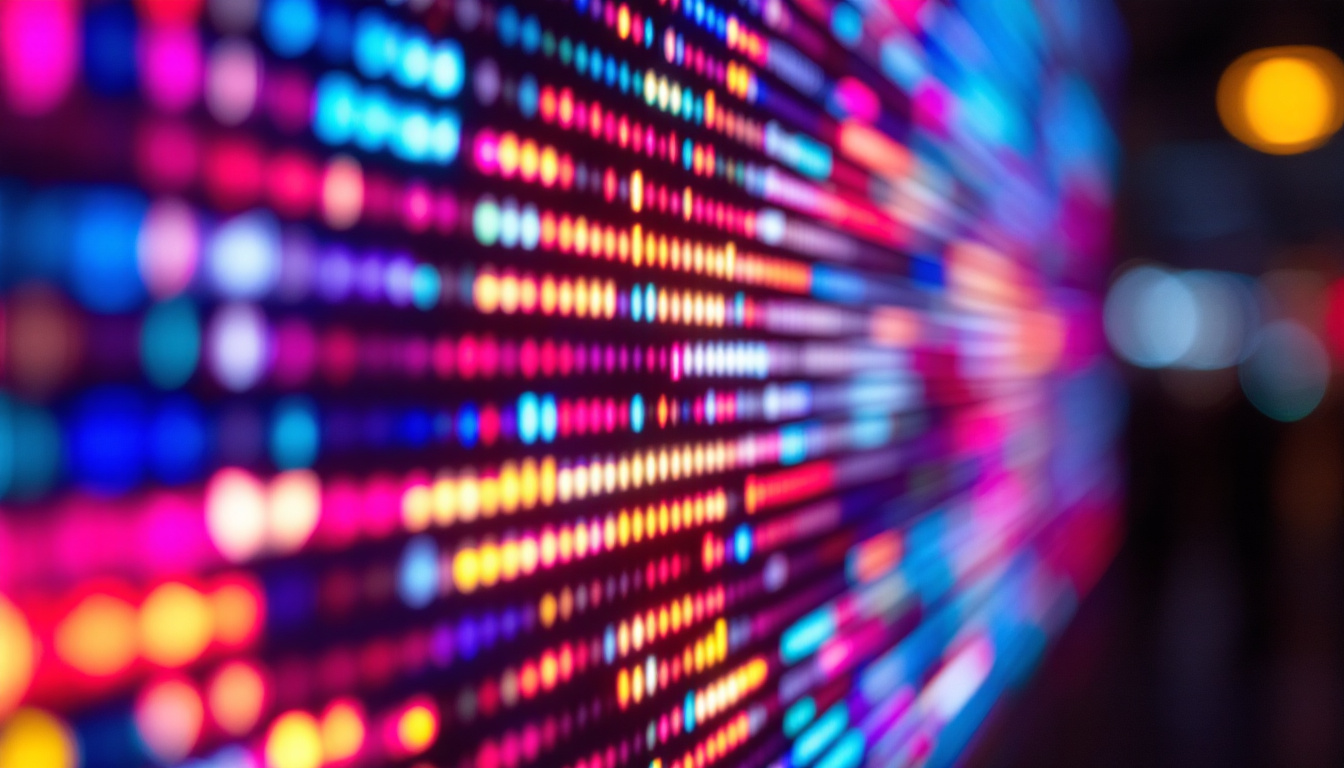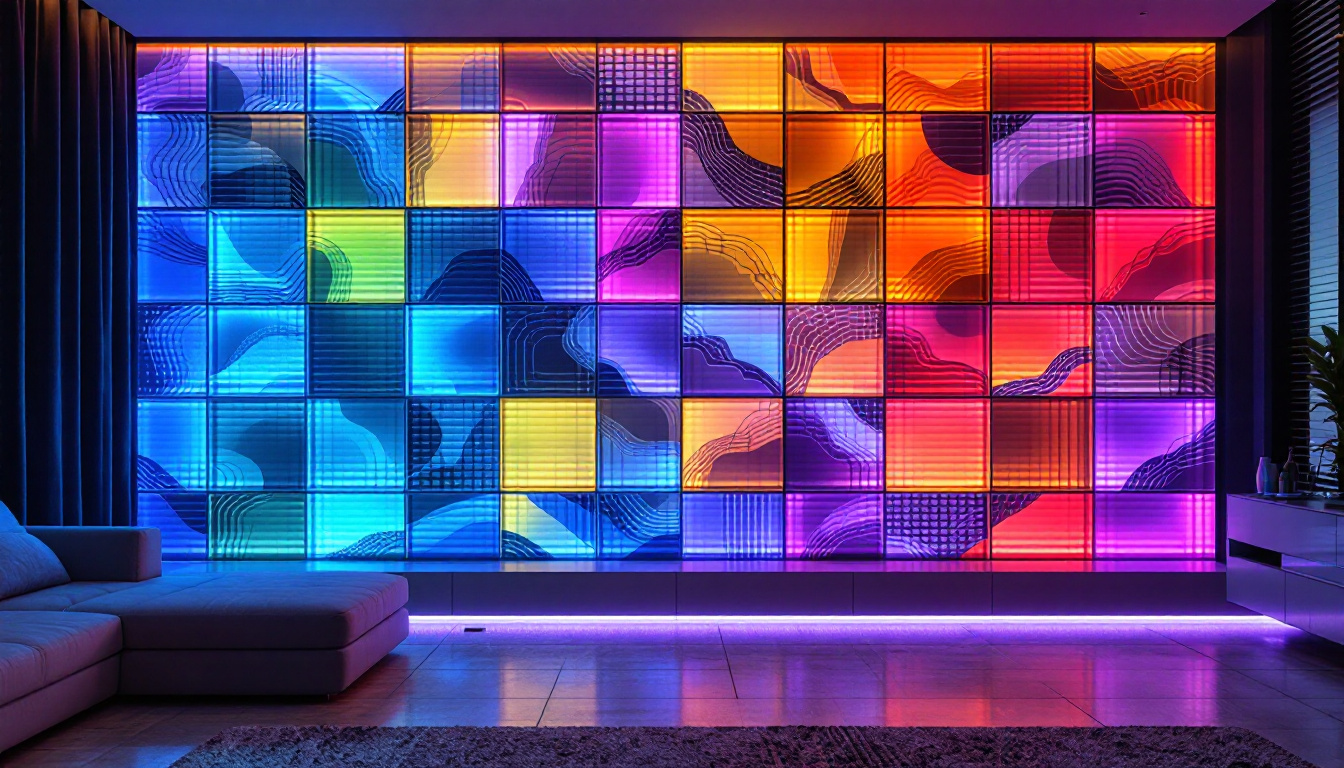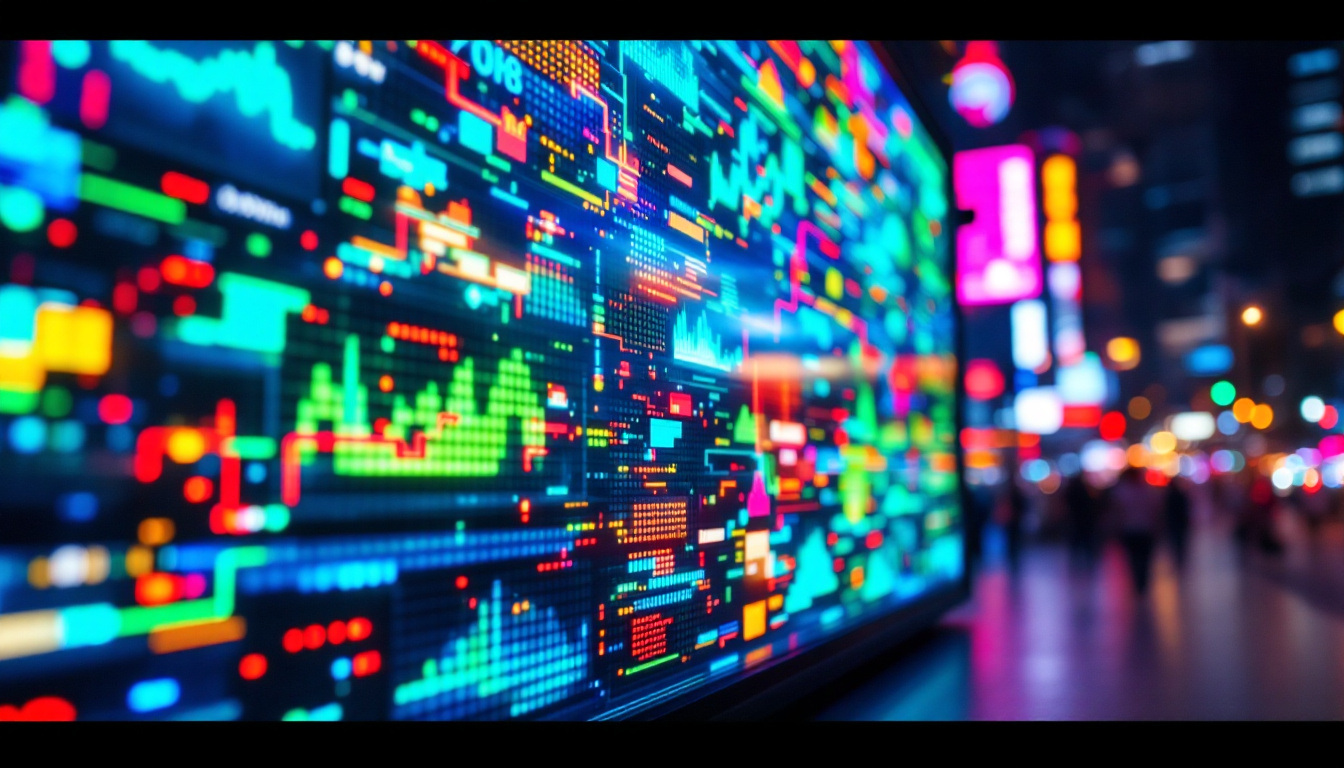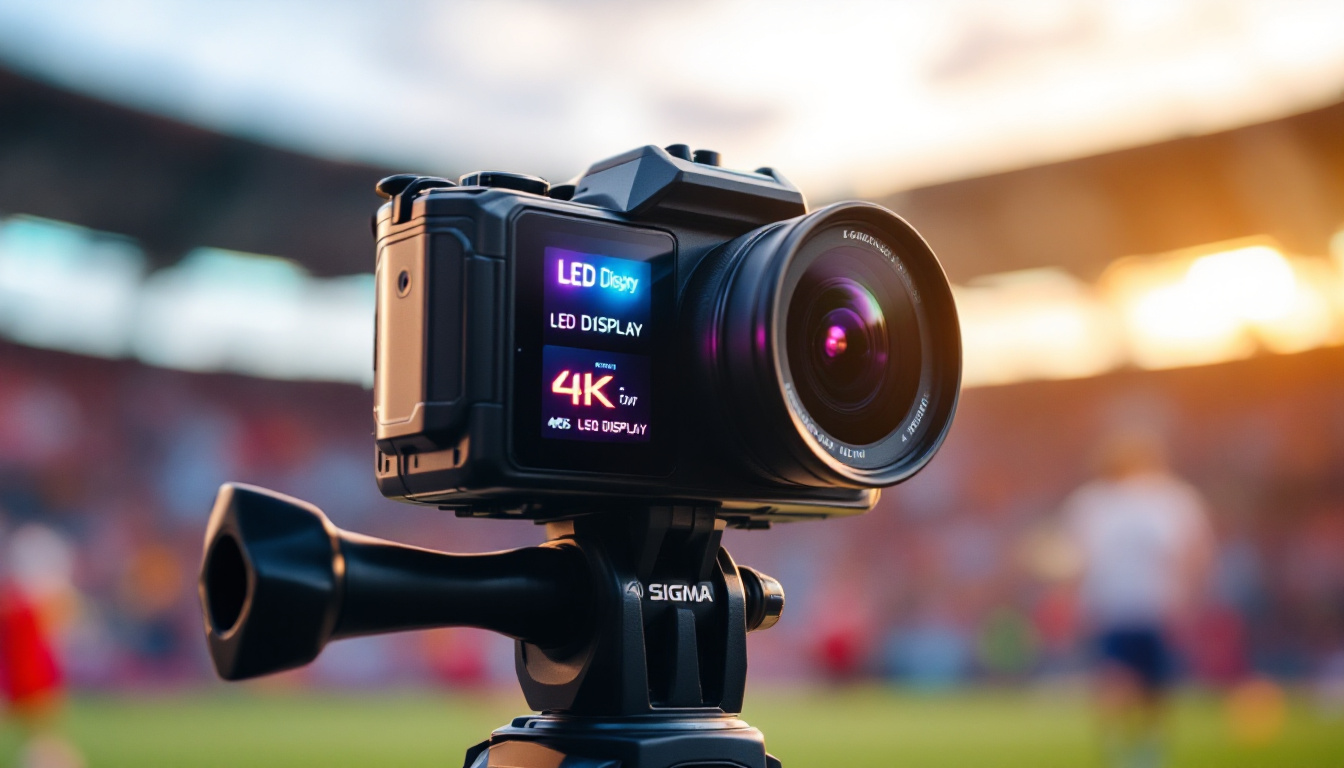In the ever-evolving world of technology, LED displays have emerged as a cornerstone in visual communication. From digital billboards to high-definition televisions, the versatility and efficiency of LED technology have revolutionized how information is presented. This article delves into the intricacies of LED displays, focusing on the Ultra Score technology that enhances their performance and usability.
Understanding LED Technology
Light Emitting Diodes (LEDs) are semiconductor devices that emit light when an electric current passes through them. This technology is not only energy-efficient but also offers a longer lifespan compared to traditional lighting solutions. The fundamental principle behind LEDs is relatively simple, yet the applications are vast and varied. From household lighting to intricate electronic displays, LEDs have revolutionized how we perceive and utilize light in our daily lives.
How LEDs Work
The operation of an LED involves the recombination of electrons and holes within a semiconductor material. When an electric current flows through the diode, electrons move across the junction and emit photons, which produce visible light. The color of the light emitted depends on the materials used in the semiconductor, allowing for a wide range of colors and brightness levels. This ability to customize light output is one reason why LEDs are favored in modern design and technology, enabling everything from mood lighting in homes to vibrant colors in digital signage.
One of the significant advantages of LED technology is its ability to produce a high level of brightness while consuming minimal power. This efficiency makes LEDs ideal for various applications, from residential lighting to large-scale outdoor displays. Moreover, the durability of LEDs means they can withstand harsher environments, making them suitable for both indoor and outdoor use. As a result, many industries are transitioning to LED solutions, not only to reduce energy costs but also to decrease their carbon footprint.
Types of LED Displays
LED displays can be categorized into several types, each designed for specific applications. The most common types include:
- Direct View LED: These displays consist of individual LED modules that create images by directly emitting light. They are often used in outdoor advertising and large-scale installations.
- LED-backlit LCD: In this configuration, LEDs are used to illuminate an LCD panel from behind. This combination allows for thinner displays and improved color accuracy.
- Organic LED (OLED): OLED displays utilize organic compounds that emit light when an electric current is applied. They are known for their exceptional color reproduction and contrast ratios.
In addition to these common types, there are also specialized LED displays designed for specific purposes. For instance, transparent LED displays are becoming increasingly popular in retail environments, allowing for eye-catching advertisements without obstructing views. Furthermore, flexible LED displays are making waves in the design world, enabling curved or uniquely shaped installations that can adapt to various architectural features. These innovations highlight the versatility of LED technology and its potential to transform visual experiences across multiple sectors.
Another noteworthy advancement is in the realm of smart LED technology. With the integration of IoT (Internet of Things) capabilities, LED lighting systems can now be controlled remotely, allowing users to adjust brightness, color, and even set schedules through mobile applications. This level of control not only enhances user convenience but also contributes to energy savings by optimizing lighting based on actual needs. As smart cities continue to develop, the role of LED technology in creating efficient and sustainable urban environments will undoubtedly expand, paving the way for a brighter future.
The Emergence of Ultra Score Technology
As LED technology has advanced, so too have the methodologies for measuring and enhancing display performance. Ultra Score is a term that encapsulates a set of metrics and standards aimed at optimizing LED displays for various environments and applications.
What is Ultra Score?
Ultra Score refers to a comprehensive evaluation system that assesses the performance of LED displays based on several criteria, including brightness, color accuracy, refresh rate, and energy efficiency. This scoring system enables manufacturers and consumers to make informed decisions when selecting LED displays for specific uses.
By employing Ultra Score, manufacturers can benchmark their products against industry standards, ensuring that they meet or exceed expectations. For consumers, understanding these scores can lead to better purchasing choices, ultimately resulting in enhanced viewing experiences.
Key Metrics in Ultra Score
Several critical metrics contribute to the Ultra Score, each playing a vital role in determining the overall performance of an LED display:
- Brightness: Measured in nits, brightness is crucial for visibility, especially in outdoor environments where sunlight can wash out images on a screen.
- Color Accuracy: This metric assesses how closely the displayed colors match the original source. High color accuracy is essential for applications like graphic design and photography.
- Refresh Rate: Measured in hertz (Hz), the refresh rate indicates how often the display updates the image. A higher refresh rate results in smoother motion, making it particularly important for video content.
- Energy Efficiency: This metric evaluates the power consumption of the display relative to its brightness and performance, an essential consideration for both environmental impact and operational costs.
Applications of Ultra Score LED Displays
The versatility of Ultra Score LED displays allows them to be used in a wide range of applications, each benefiting from the enhanced performance metrics. From entertainment venues to corporate settings, the impact of these displays is profound.
Entertainment and Events
In the entertainment industry, Ultra Score LED displays are utilized for concerts, festivals, and sporting events. The high brightness and refresh rates ensure that audiences can enjoy vibrant visuals, even in daylight. Additionally, the ability to produce stunning color accuracy enhances the overall experience, making performances more engaging.
Furthermore, the flexibility of LED technology allows for creative staging solutions, such as curved or transparent displays, which can transform any venue into a captivating environment. The Ultra Score metrics ensure that these displays can withstand the rigors of live events while delivering exceptional performance.
Corporate and Commercial Use
In corporate settings, Ultra Score LED displays serve as powerful tools for communication. Digital signage, presentations, and video conferencing systems benefit from the clarity and vibrancy of these displays. The energy efficiency of LED technology also aligns with corporate sustainability goals, making them an attractive option for businesses.
Moreover, retail environments leverage Ultra Score displays to capture customer attention. high-quality visuals can significantly influence purchasing decisions, making these displays an essential component of modern marketing strategies.
Advantages of Ultra Score LED Displays
The adoption of Ultra Score LED displays comes with numerous advantages that set them apart from traditional display technologies. Understanding these benefits can help users appreciate the value they bring to various applications.
Enhanced Visual Quality
One of the most significant advantages of Ultra Score LED displays is their superior visual quality. The combination of high brightness, excellent color accuracy, and fast refresh rates results in images that are not only vibrant but also true to life. This level of detail is crucial for applications where visual fidelity is paramount.
Longevity and Durability
LED technology is renowned for its longevity. Ultra Score displays typically have a lifespan of over 50,000 hours, significantly reducing the need for frequent replacements. This durability is particularly beneficial in environments where displays are subject to wear and tear, such as outdoor installations.
Cost-Effectiveness
While the initial investment in Ultra Score LED displays may be higher than traditional options, the long-term savings are substantial. Their energy efficiency leads to lower operational costs, and their longevity minimizes replacement expenses. Over time, the total cost of ownership becomes more favorable, making them a wise investment.
Challenges and Considerations
Despite their many advantages, Ultra Score LED displays are not without challenges. Understanding these potential drawbacks is essential for making informed decisions.
Initial Cost
The upfront cost of Ultra Score LED displays can be a barrier for some consumers and businesses. While prices have decreased over the years, high-quality displays still represent a significant investment. It’s crucial for buyers to weigh the long-term benefits against the initial expenditure.
Installation and Maintenance
Installing LED displays, especially large-scale ones, can be complex and may require specialized expertise. Additionally, while LED technology is durable, it still requires regular maintenance to ensure optimal performance. Proper care and maintenance practices are essential to prolong the lifespan of these displays.
The Future of Ultra Score LED Displays
As technology continues to advance, the future of Ultra Score LED displays looks promising. Innovations in materials, design, and functionality are expected to further enhance their performance and applications.
Integration with Smart Technology
The integration of Ultra Score LED displays with smart technology is on the rise. Features such as remote monitoring, automated brightness adjustments, and real-time content updates are becoming standard. This connectivity not only improves user experience but also allows for more efficient management of display systems.
Advancements in Display Technology
Research and development in display technology are leading to new possibilities. Emerging technologies such as MicroLED and MiniLED promise even greater brightness, contrast, and energy efficiency. As these technologies mature, they may redefine the standards for visual displays, potentially influencing future iterations of Ultra Score metrics.
Conclusion
Ultra Score LED displays represent a significant advancement in visual technology, combining energy efficiency, longevity, and superior visual quality. As industries continue to embrace this technology, understanding the metrics and applications of Ultra Score will be crucial for making informed decisions. The future of LED displays is bright, and with ongoing innovations, the potential for enhanced experiences is limitless.
In a world where visual communication is paramount, Ultra Score LED displays stand out as a reliable and effective solution, paving the way for a more vibrant and engaging future.
Discover the Future of LED Displays with LumenMatrix
Ready to experience the pinnacle of LED display technology? LumenMatrix is at the forefront of innovation, offering a diverse range of LED display solutions tailored to meet your unique needs. Whether you’re looking to enhance your brand’s visibility with an Indoor LED Wall Display, captivate passersby with an Outdoor LED Wall Display, or create dynamic visual experiences with our Custom LED Displays, LumenMatrix has you covered. Embrace the future of visual communication and check out LumenMatrix LED Display Solutions today to see how we can help you make a lasting impression.

